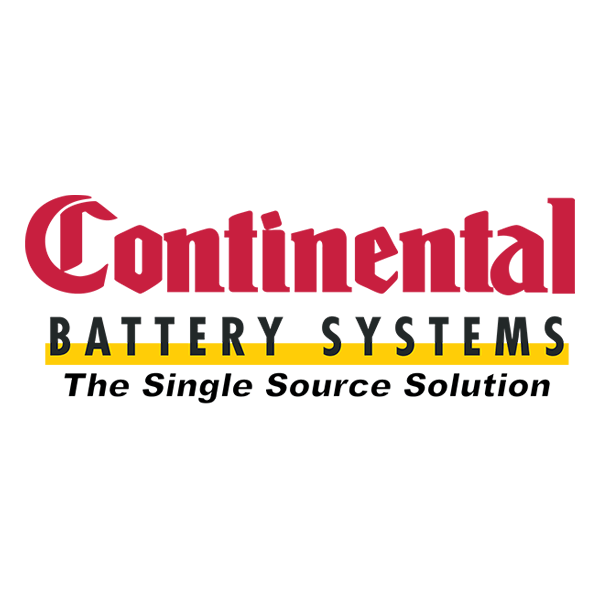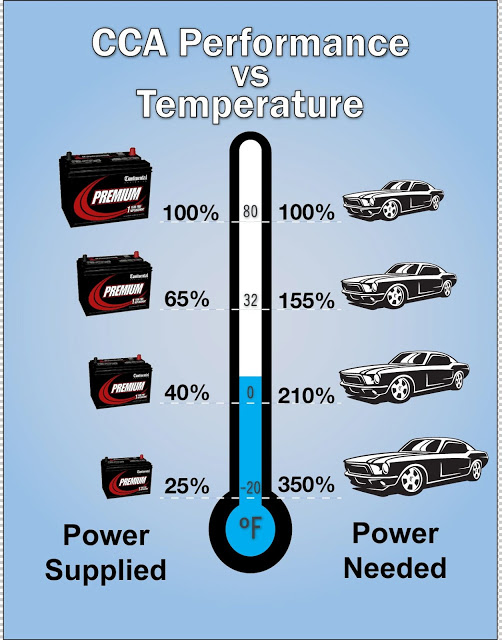What are the major types of lead acid batteries?
Batteries can easily be divided in two ways, by application and construction. The major applications are starting, dual purpose, and deep-cycle. The major construction types are flooded (wet), gelled, and AGM (Absorbed Glass Mat).
Sealed Maintenance Free Battery
Sealed batteries are commonly known as maintenance free batteries. They are made with vents that (usually) cannot be removed. A standard auto or marine maintenance free battery is sealed, but not fully leak proof. Sealed batteries are not totally sealed since all batteries must allow gas to vent during charging. There are sealed lead acid (SLA) batteries that are non-spillable.
AGM or Absorbed Glass Mat Battery
The newest type of sealed non-spillable maintenance free valve regulated battery uses "Absorbed Glass Mats", or AGM separators between the plates. This allows them to take much more abuse. Because of the way they are constructed, an AGM Battery will not leak acid if broken.
What are the advantages of the AGM battery?
The primary advantages an AGM Battery has over a conventional battery are: zero maintenance, vibration resistance, quicker charge recovery, no outgassing of fumes, non-spilling (even if they are broken), and can survive most freezes.
-
AGM batteries are "recombinant" – which means the Oxygen and Hydrogen recombine inside the battery. These use the gas phase transfer of oxygen to the negative plates to recombine them back into water while charging and prevent the loss of water through electrolysis. The recombining is typically 99+% efficient, so almost no water is lost..
-
AGM batteries have a very low self-discharge rate (from 1% to 3% per month). So they can sit in storage for much longer periods without charging.
-
The plates in AGM's are tightly packed and rigidly mounted, and will withstand shock and vibration better than any standard battery.
What is a Gel Cell Battery?
A gel battery design is typically a modification of the standard lead acid automotive or marine battery. A gelling agent is added to the electrolyte to reduce movement inside the battery case. Many gel batteries also use one way valves in place of open vents, this helps the normal internal gasses to recombine back into water in the battery, reducing gassing. "Gel Cell" batteries are non-spillable even if they are broken. Gel cells must be charged at a lower voltage (C/20) than flooded or AGM to prevent excess gas from damaging the cells. Fast charging them on a conventional automotive charger may permanently damage a Gel Battery.


